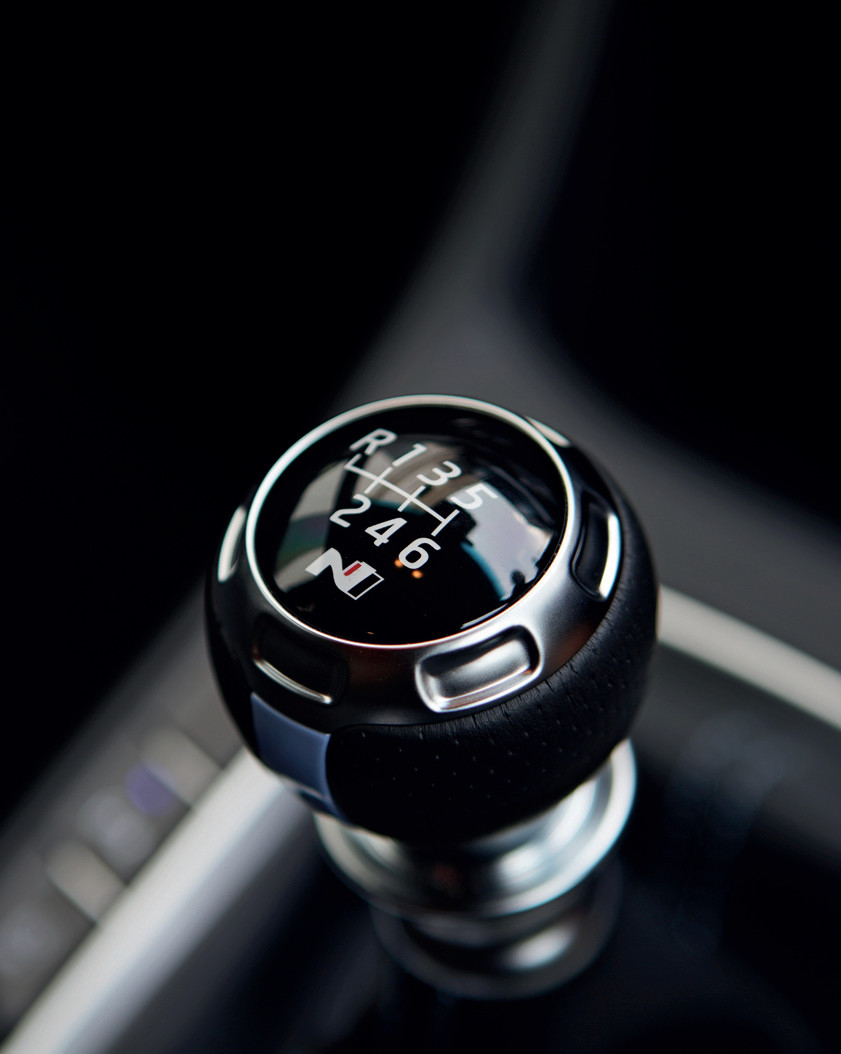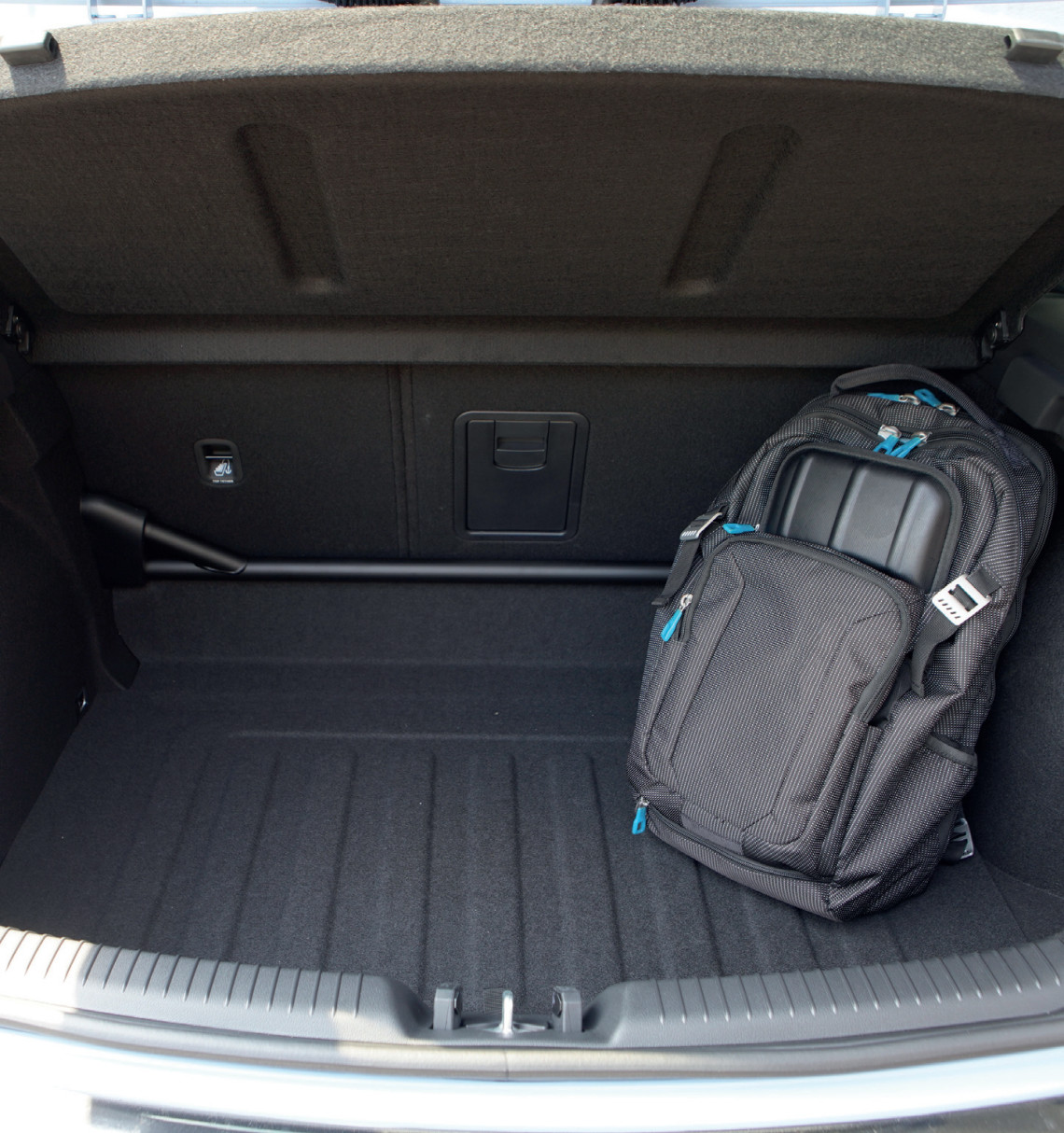Hyundai’s i30 N is a rip-snorting hot hatch that undercuts the establishment on price. But can it deliver an involving drive?


Hyundai’s i30 N is a rip-snorting hot hatch that undercuts the establishment on price. But can it deliver an involving drive?
HYUNDAI i30 N

The cockpit’s functional aesthetic is livened up with special gauges and blue buttons.


The i30 N’s handling is feelsome and very direct.






CAPACITY
CONSUMPTION
REAR

LENGTH
WARRANTY
+ Pro:
ENGAGING MANUAL GEARBOX, SHARP HANDLING, REASONABLE PRICING
- Con:
STIFF RIDE, PLAIN COCKPIT, UNEXCITING ENGINE NOTE

WITH THE i30 N, WARFARE HAS BEEN TRULY BROUGHT TO THE DOORSTEPS OF HOT HATCHES EVERYWHERE.























